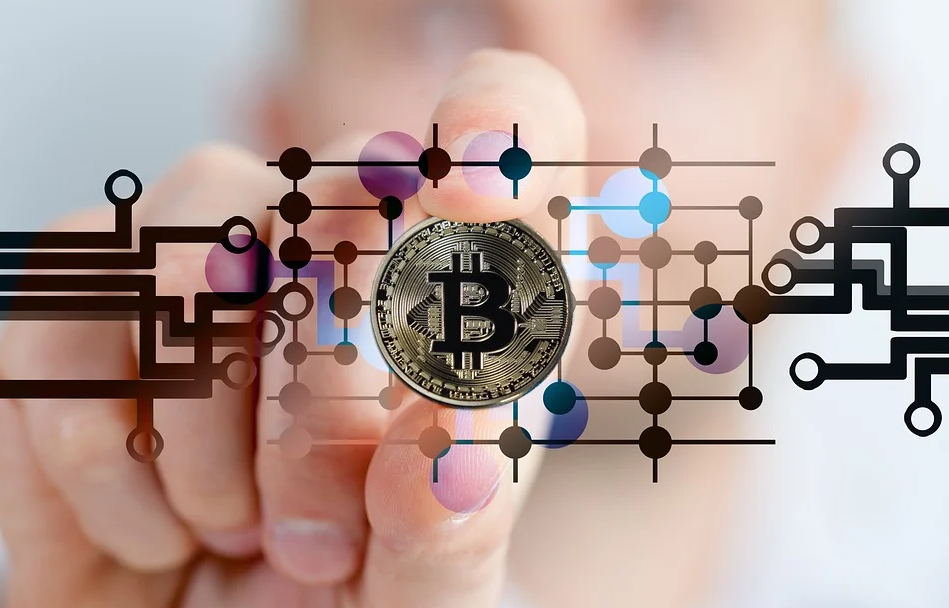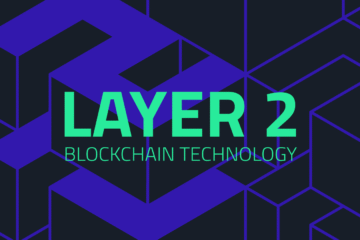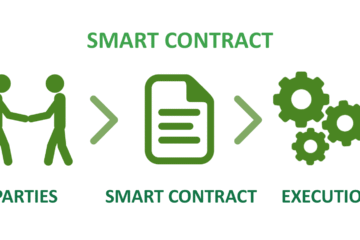Beginner’s Guide: What Is Bitcoin?

Since the release of its whitepaper in 2008, Bitcoin has captured unprecedented attention. Its first transaction and staggering million-fold price surge within a decade have made its every boom and bust a focal point, sparking widespread debate.
So, what exactly is Bitcoin?
01 The Internet’s “Final Puzzle Piece”?
It’s no secret that, before Bitcoin, the internet was the brightest star of the past few decades, revolutionizing how we live.
On the internet, sending a photo to someone via email is a breeze.
But when you receive that photo, the original doesn’t vanish from my device. What you get is a copy of the photo.
Sending photos, videos, or files is easy—we can share copies with others. But what about money? That approach doesn’t work. You can’t have a situation where I send you $100, you receive it, and I still have that same $100 in my account. This is known as the “double-spending” problem.
Internet technology alone couldn’t solve the double-spending issue. So how do we manage to transfer money using bank cards or similar methods?
The answer lies in relying on major intermediary institutions, like banks, to address the double-spending problem that internet technology couldn’t.
In other words, when I send you $100, these intermediaries deduct $100 from my account and add $100 to yours, ensuring the same $100 isn’t spent twice.
Bitcoin, however, solves this problem elegantly. When I send you 1 Bitcoin, and you receive it, my account loses that 1 Bitcoin. This process doesn’t require any major intermediary. Bitcoin’s unique internal mechanism perfectly prevents double-spending.
In a way, Bitcoin’s emergence completed the internet’s “final puzzle piece” by enabling value transfer (like moving 1 Bitcoin from my account to yours) without relying on intermediaries. This is why Bitcoin instantly became a focal point of fascination, and its underlying technology, blockchain, earned the title of the “internet of value.”
02 How Does Bitcoin Work?
As we’ve discussed, Bitcoin completes the internet’s “final puzzle piece” by solving the double-spending problem without intermediaries, enabling the free flow of value.
But how does Bitcoin actually work?
Think of Bitcoin’s operation as a massive game with these rules:
- Anyone can join or leave the game at any time, as long as they have a computer as their tool.
- The more computer chips and higher the configuration you have, the better your chances of earning rewards from the Bitcoin system.
- Bitcoins can be freely transferred to others, but every transaction is broadcast to all participants, who each keep a copy.
- Unless the majority agrees, no one can alter the game rules or transaction records.
Thanks to Bitcoin’s rewards, when I send you 1 Bitcoin, participants in the game compete to record the transaction. They deduct 1 Bitcoin from my account, add 1 Bitcoin to yours, and share the transaction record with everyone in the game for backup. Bitcoin’s underlying technology ensures these records are tamper-proof.
So, when transferring Bitcoin, we don’t need intermediaries. Bitcoin’s built-in technology and incentive system ensure that all game participants collectively keep the ledger, solving the double-spending problem and enabling value transfer.
This is why Bitcoin is decentralized and intermediary-free.










